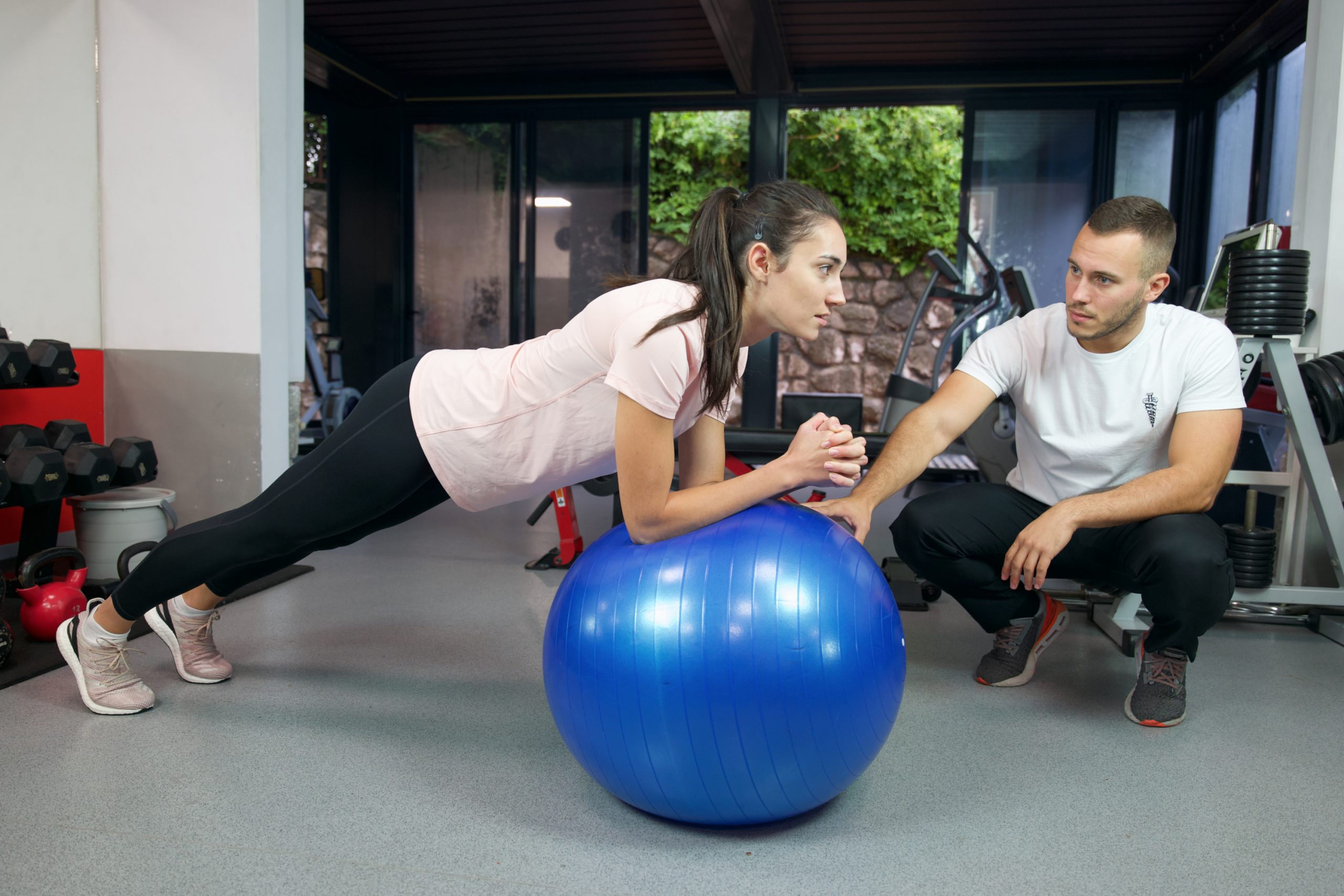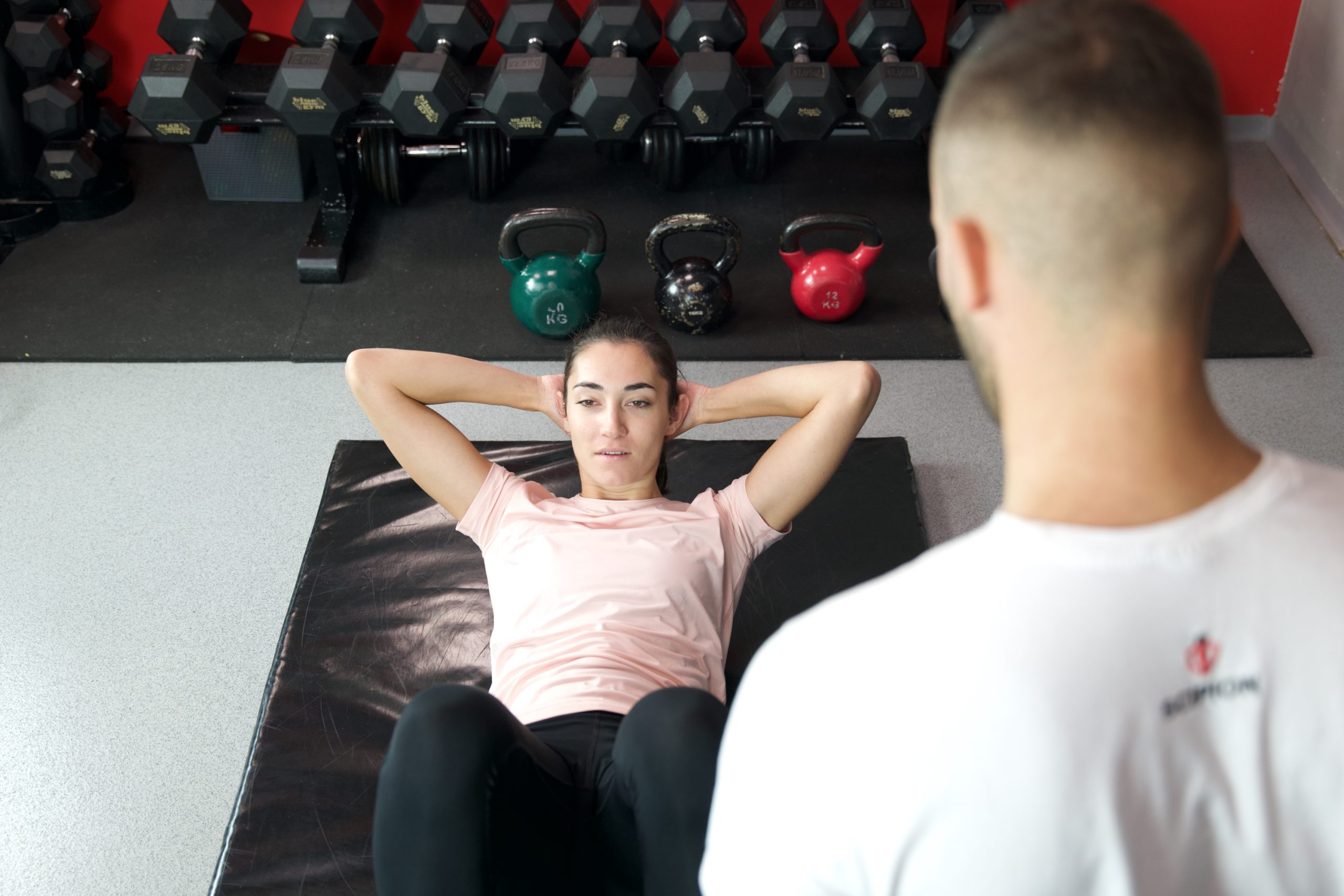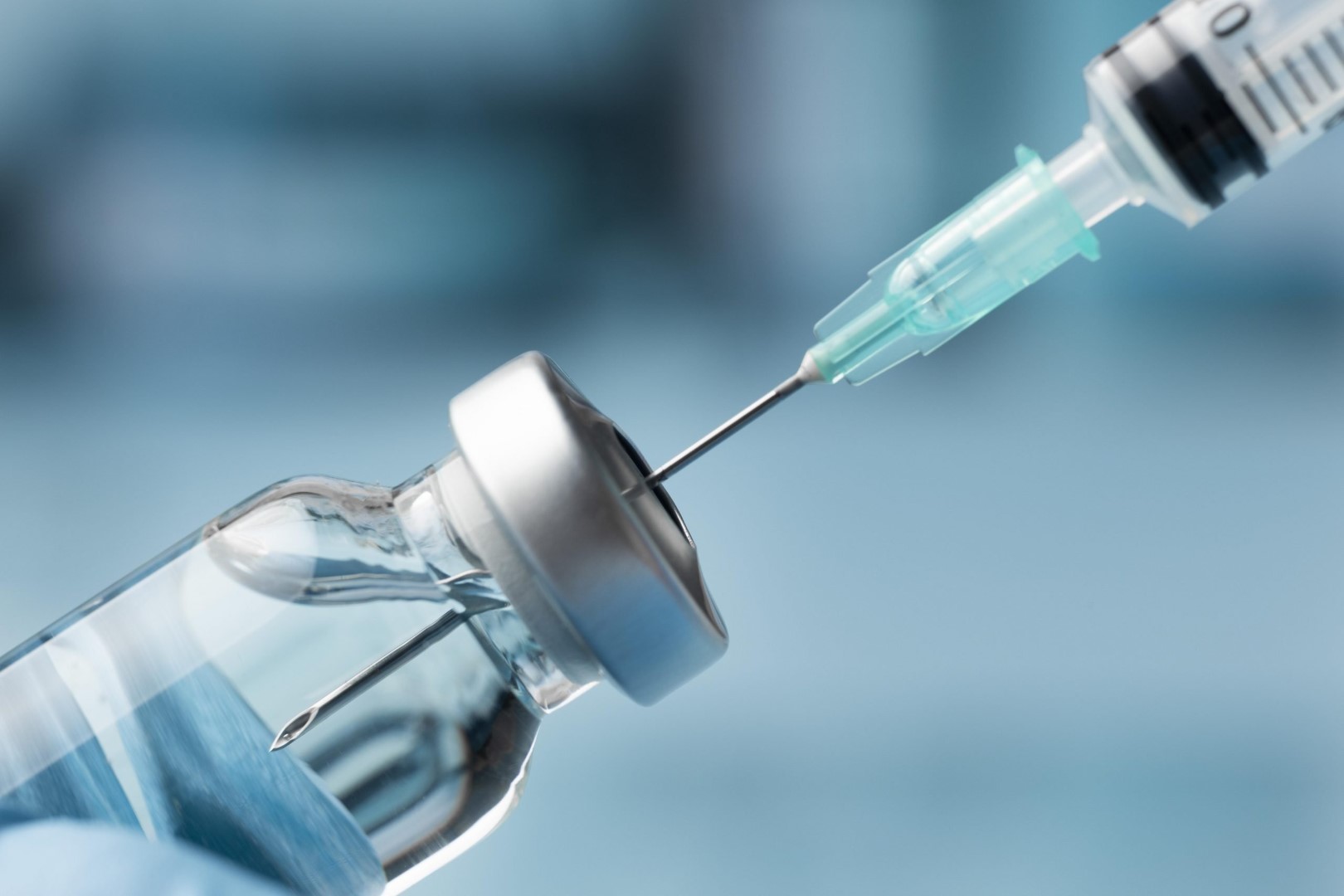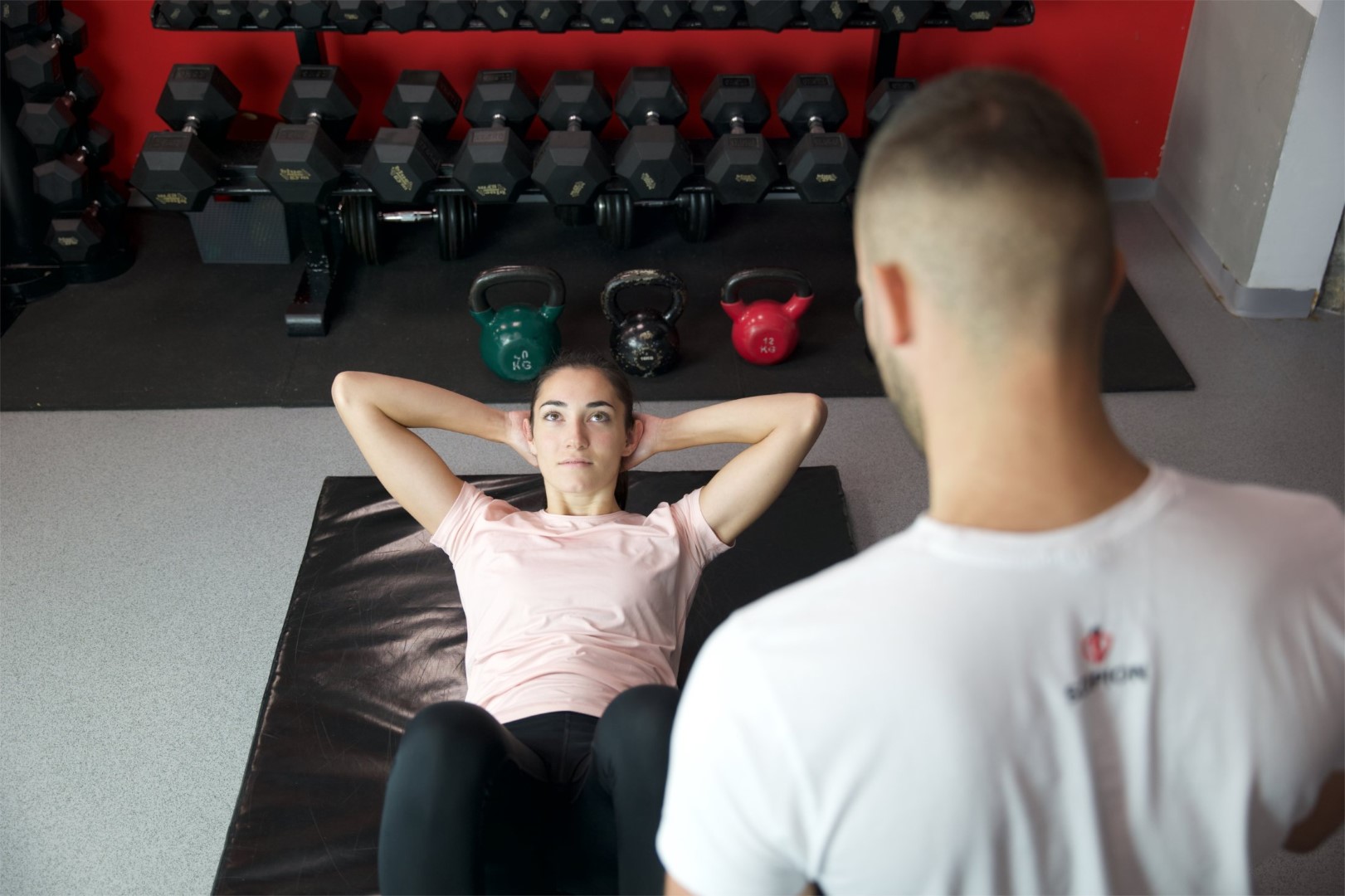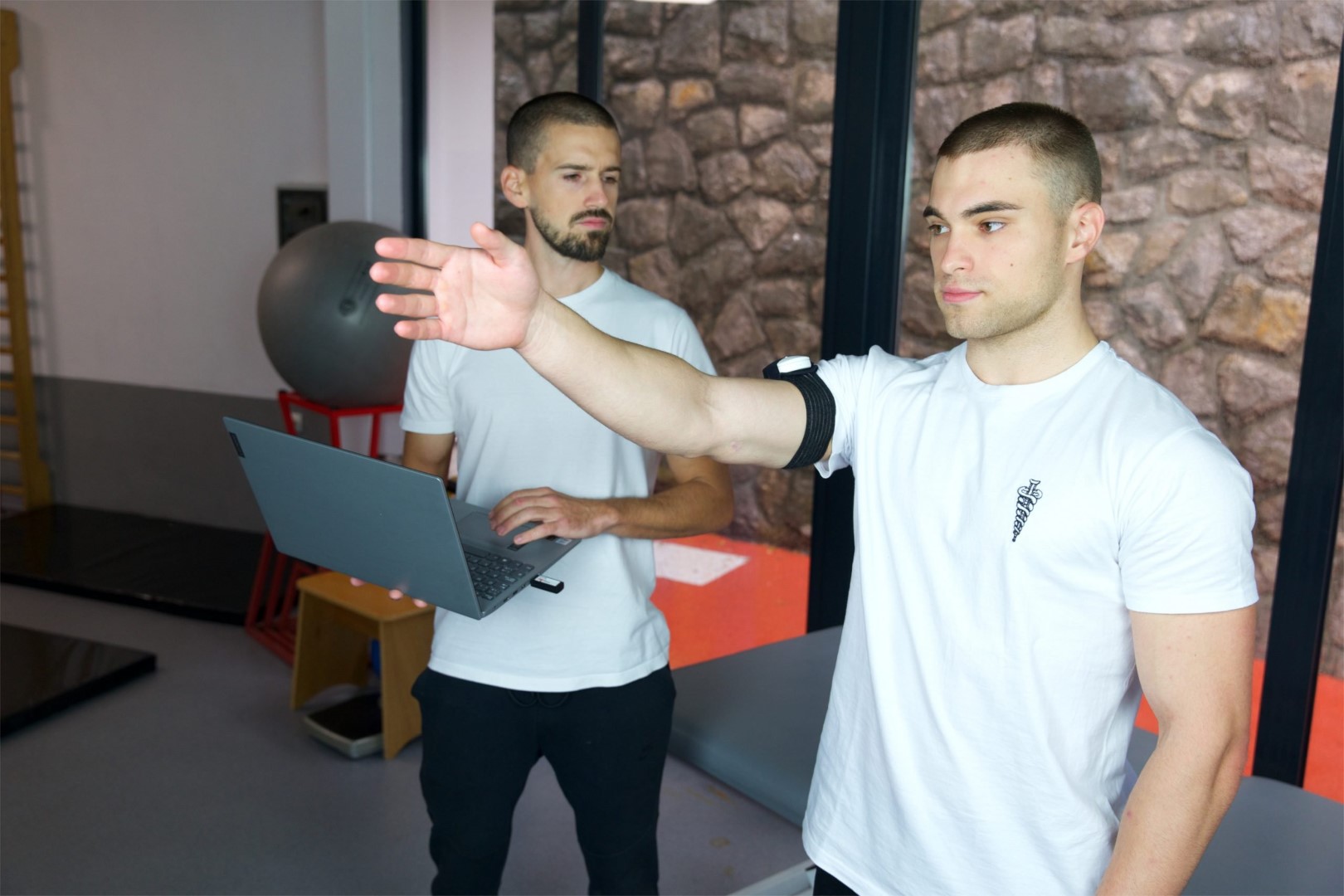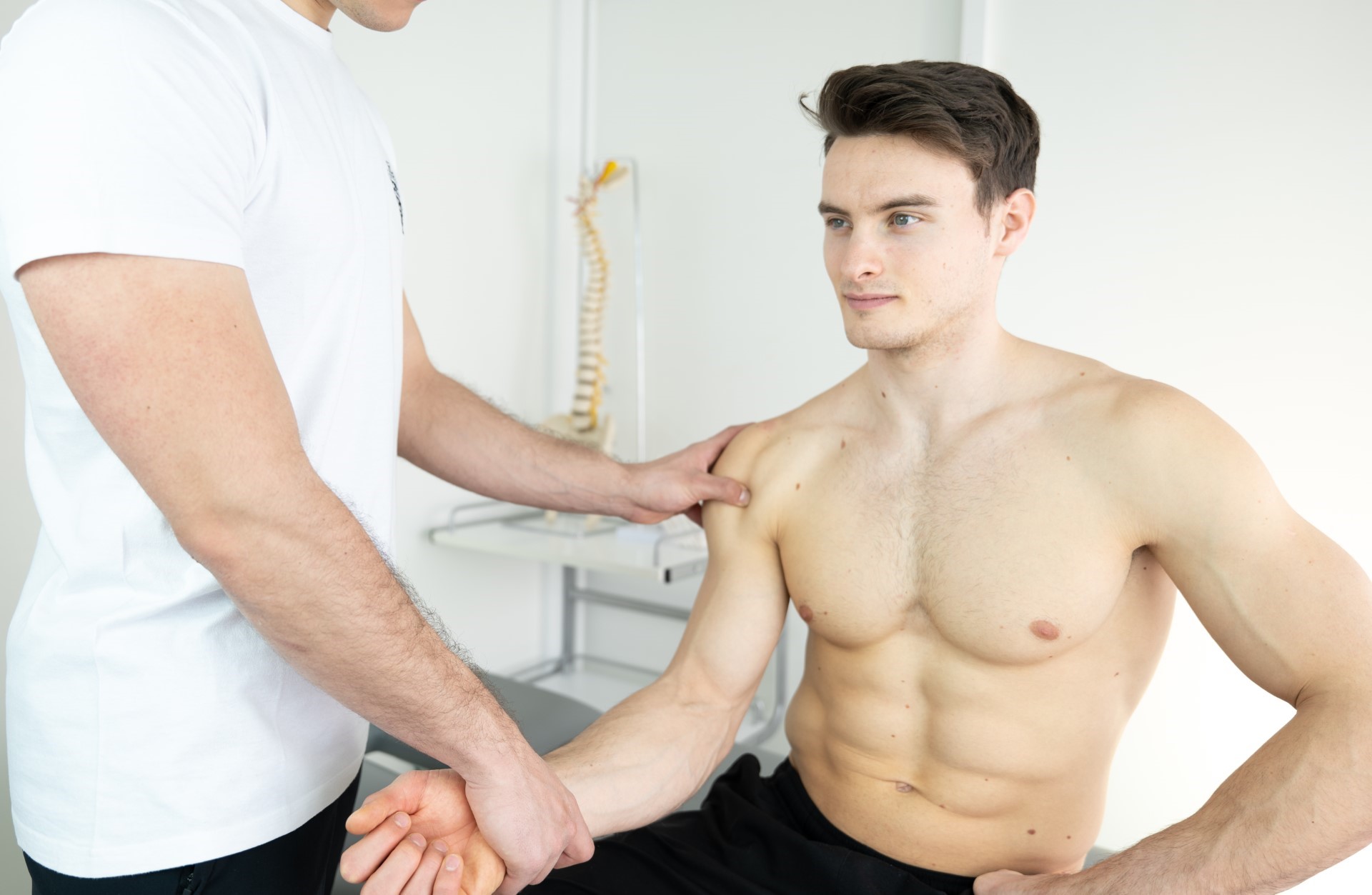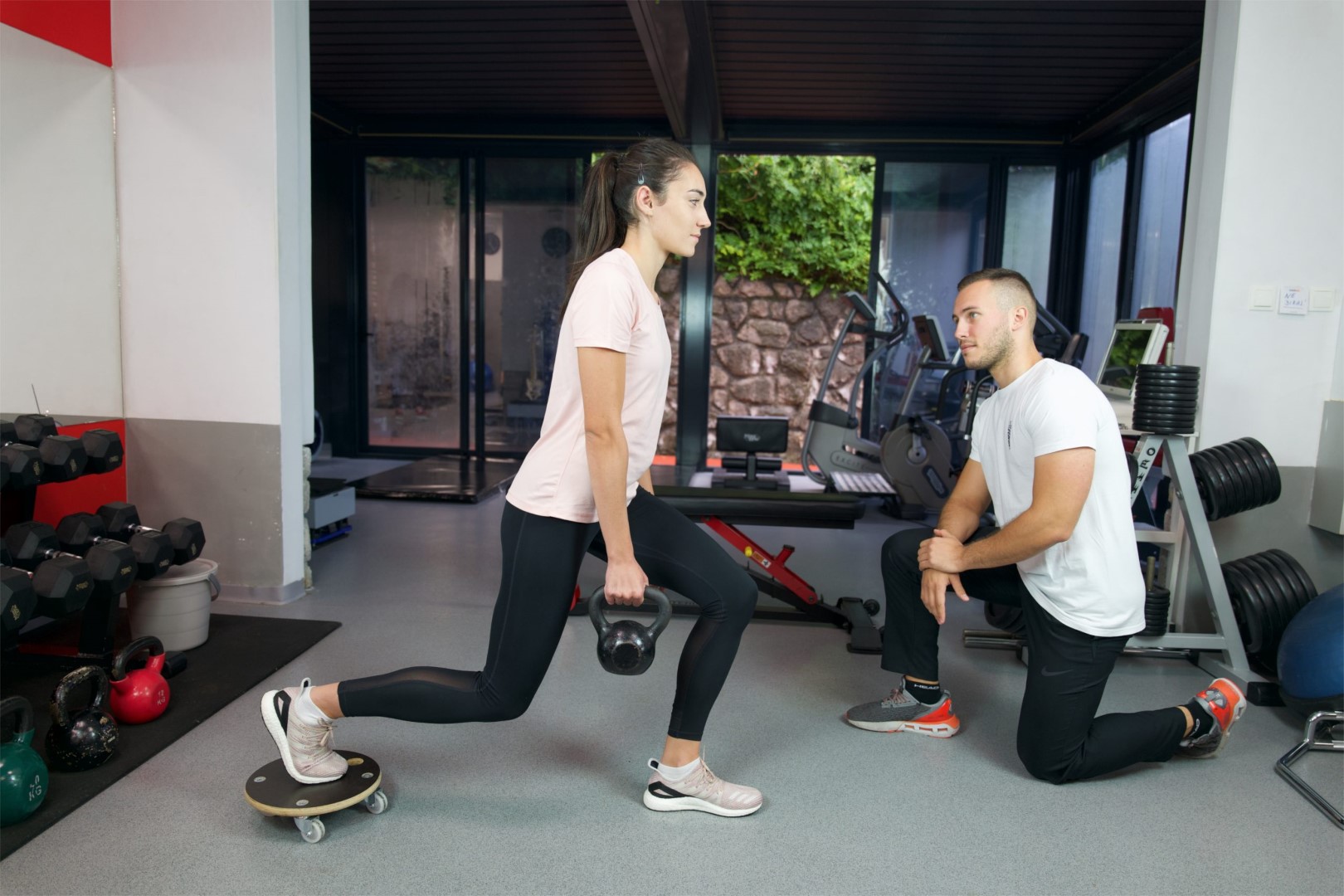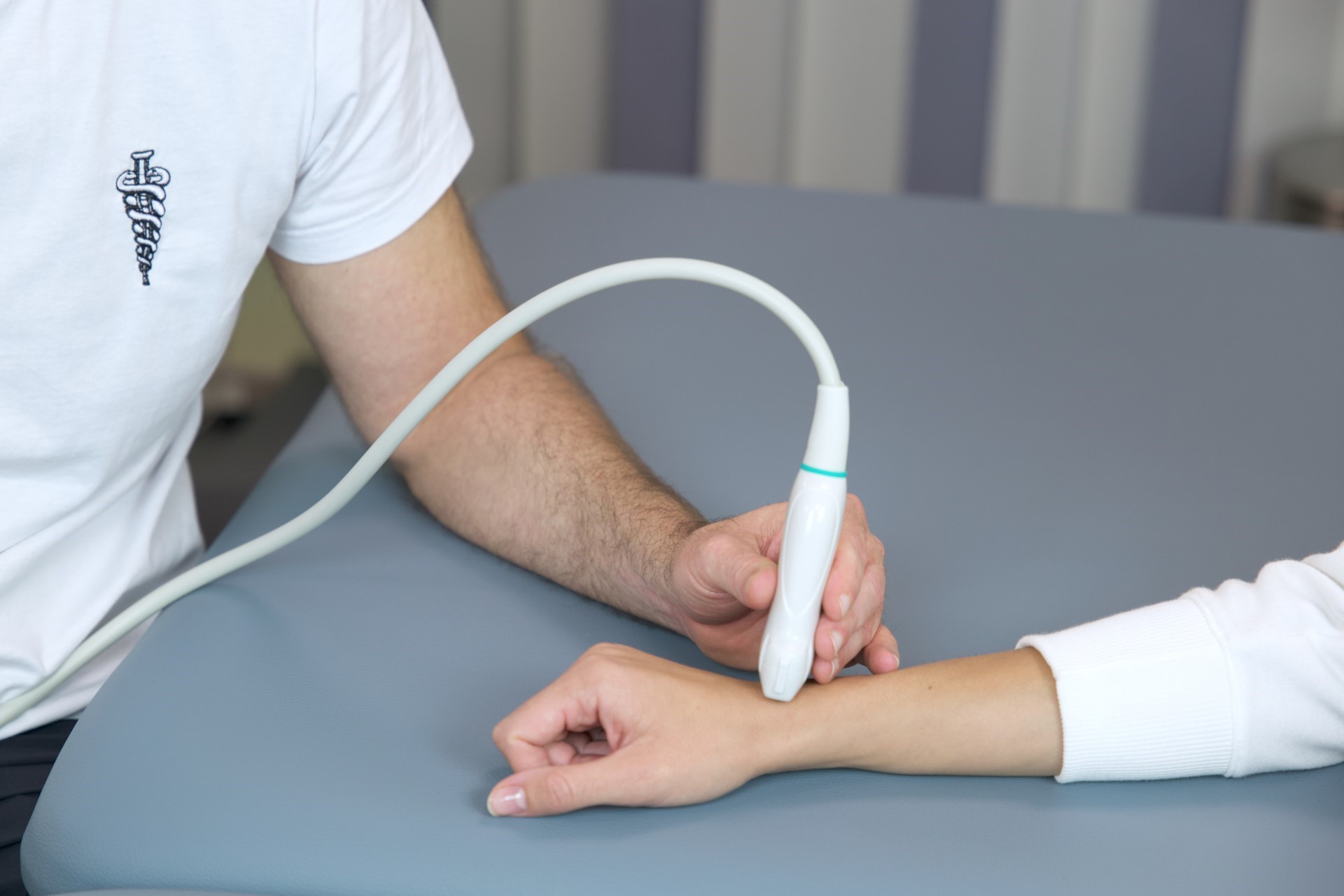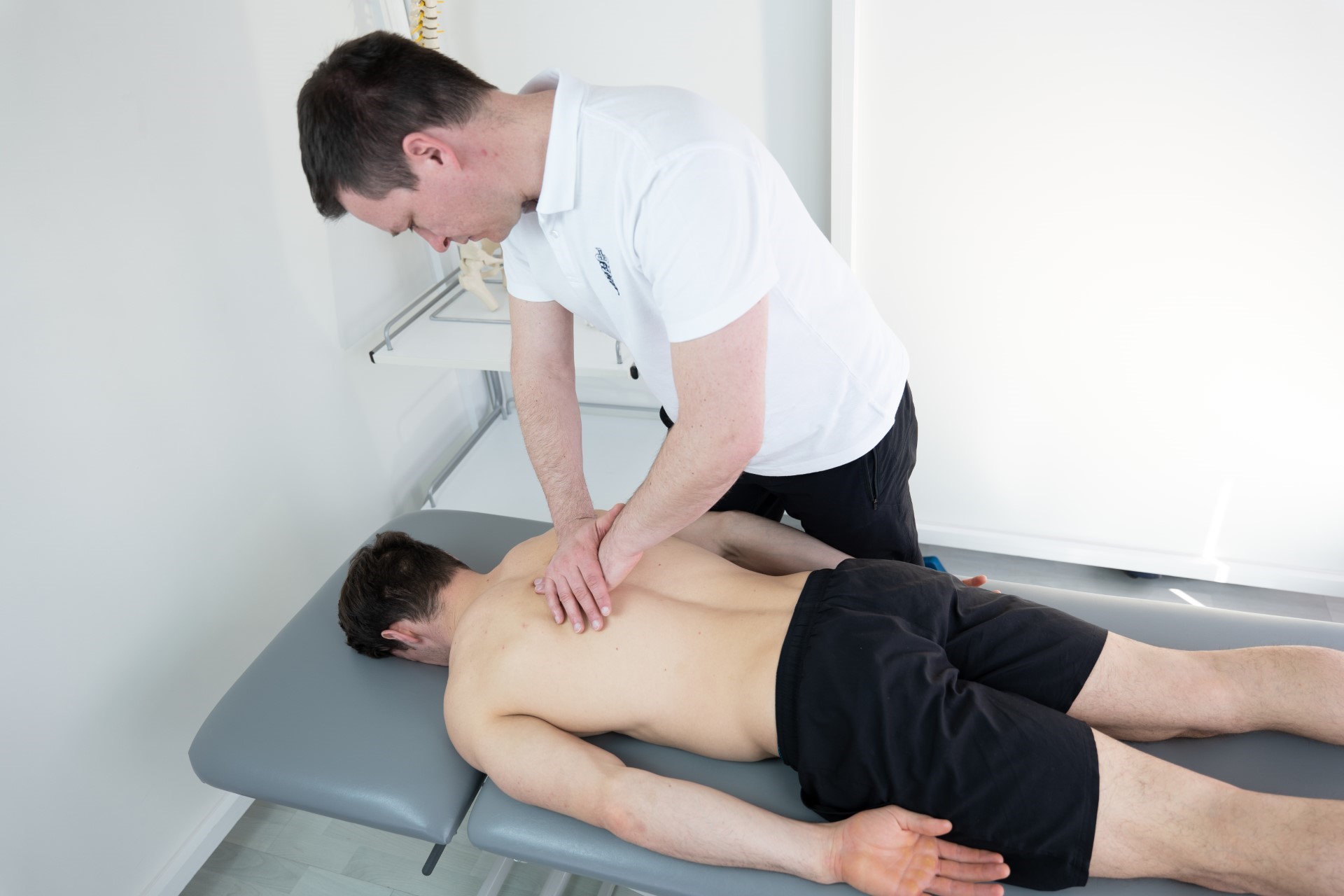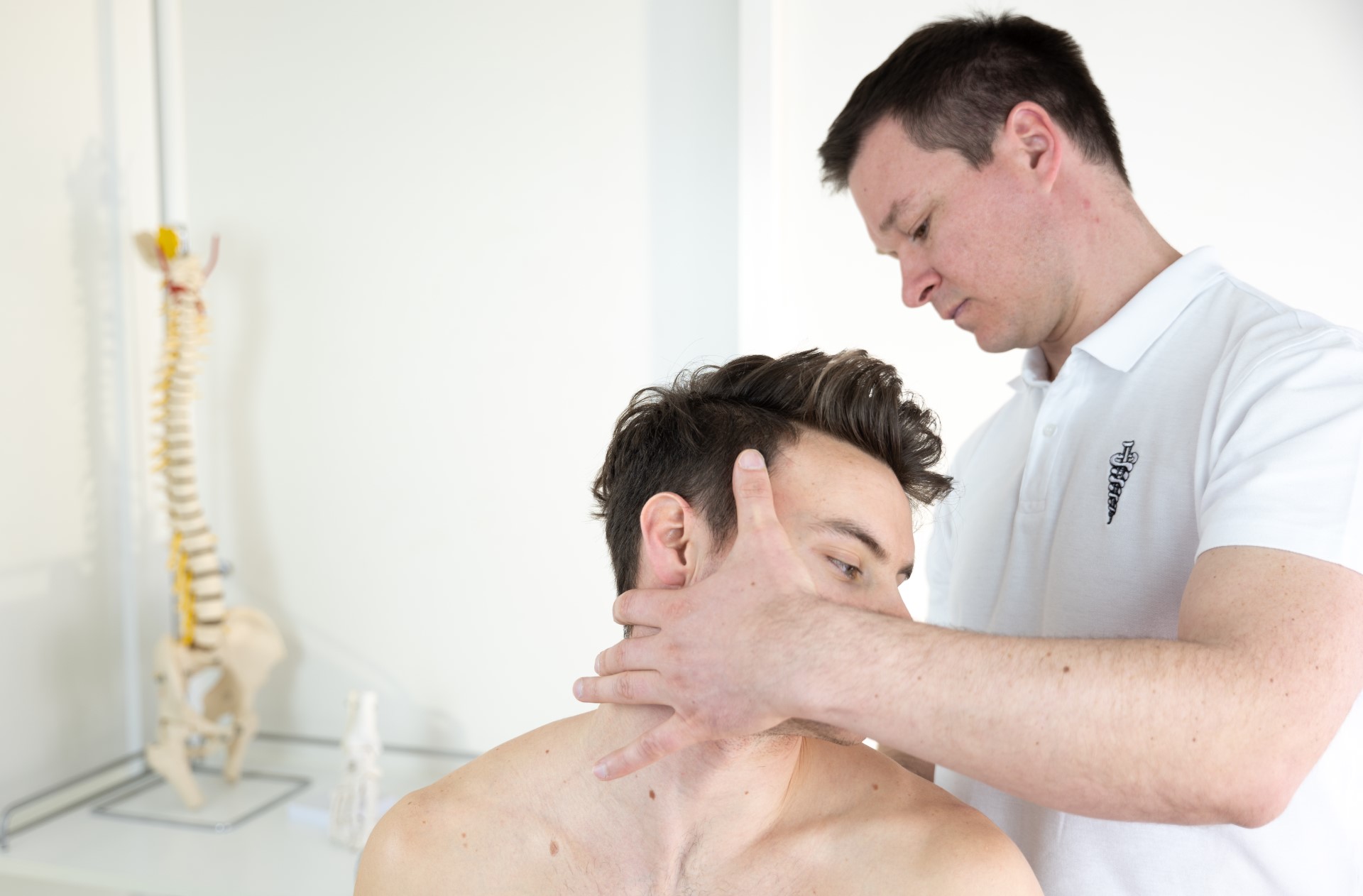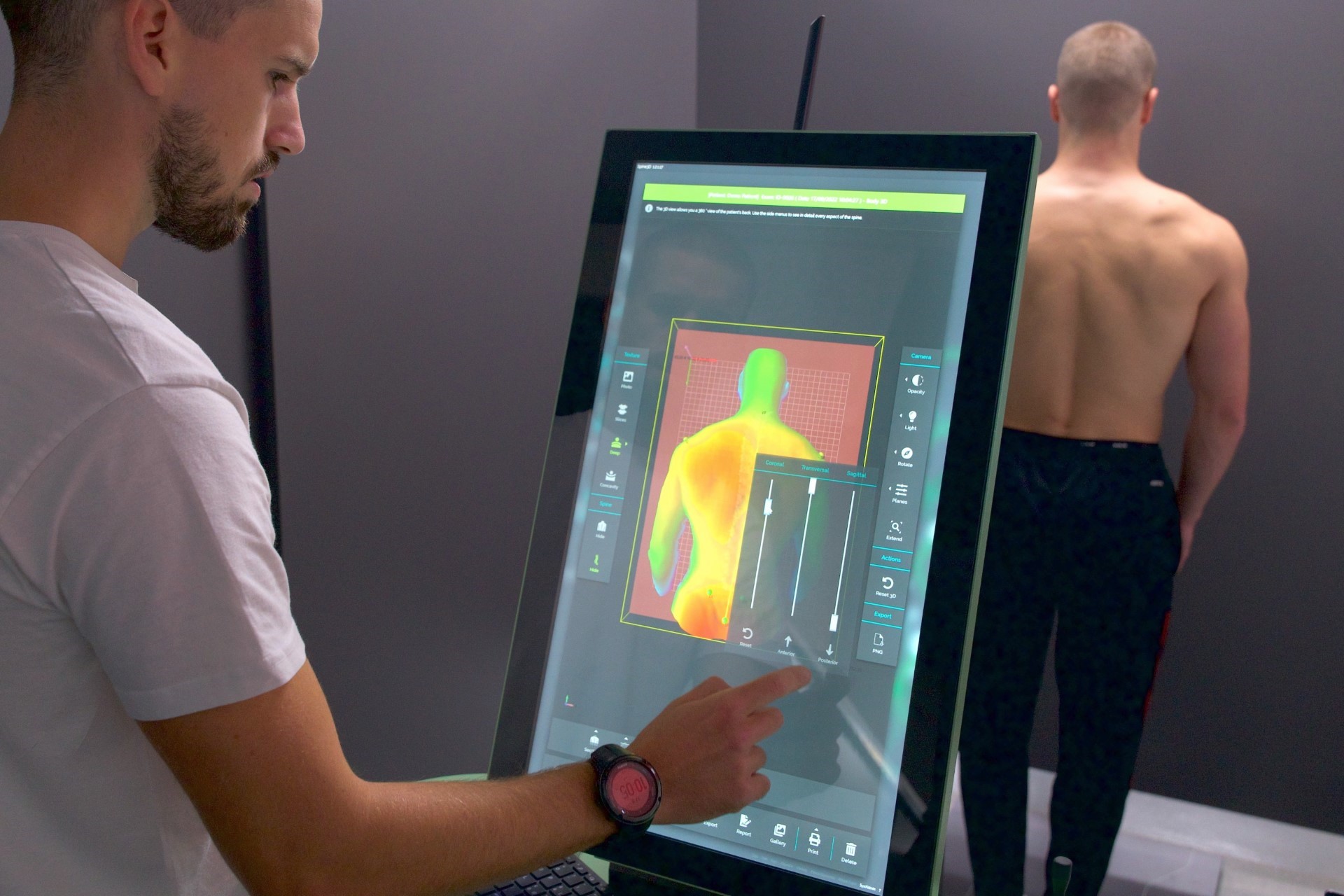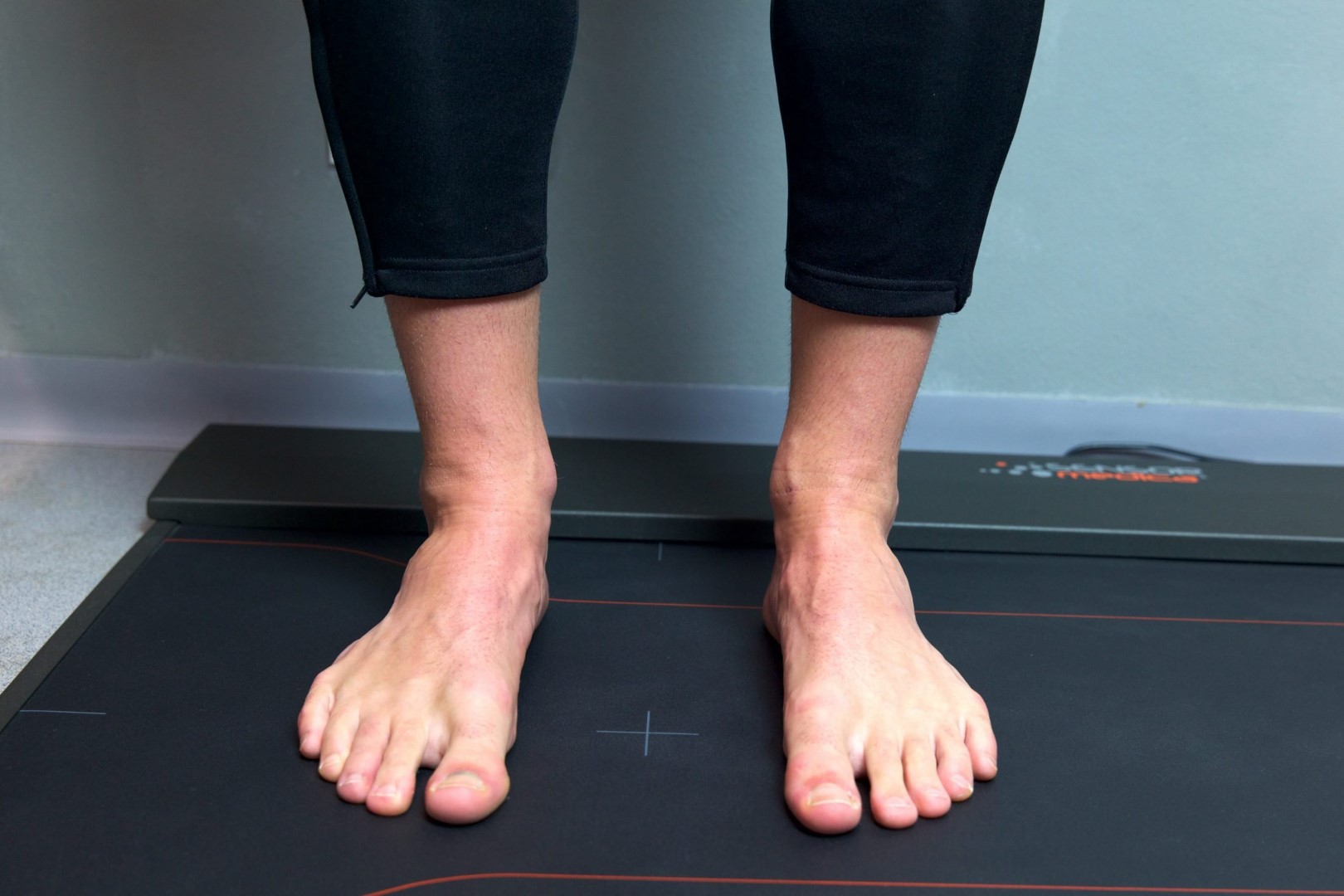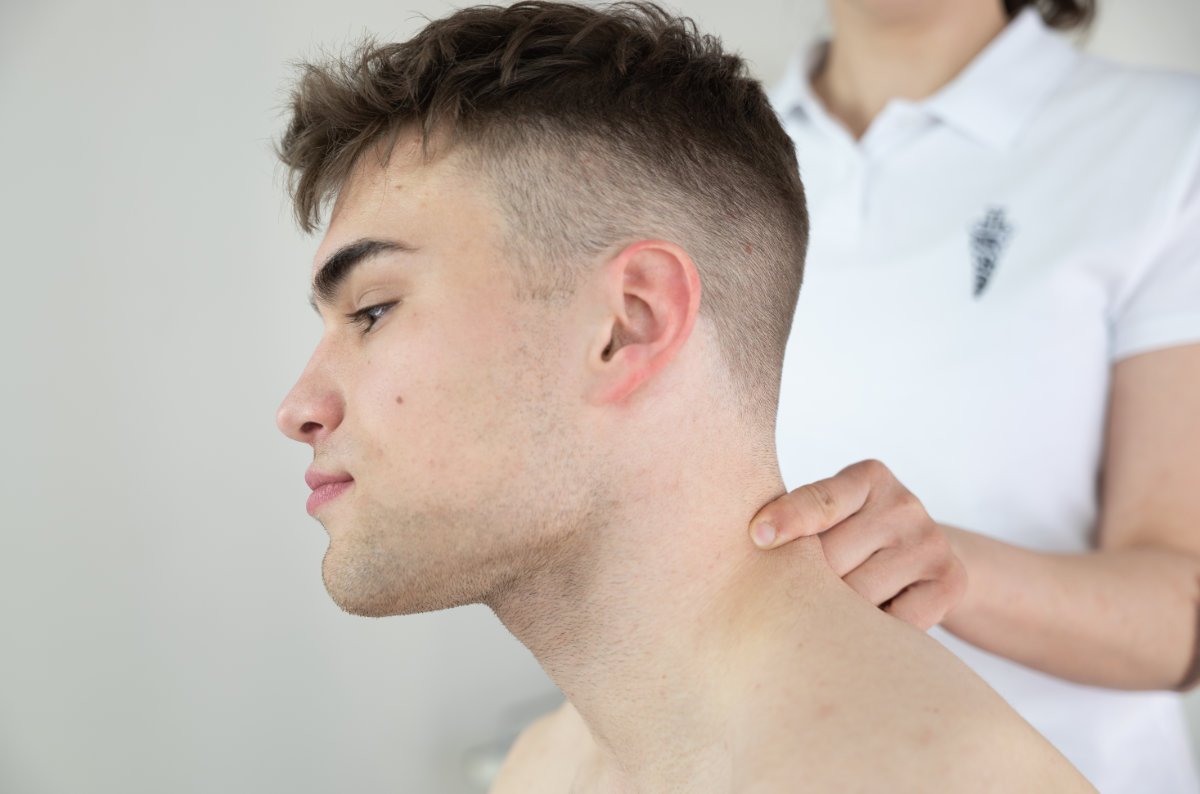Kinesiotherapy
Treatment involving active movement is called kinesiotherapy. And the movement system loves active motion. At Scipion, after examination by a physiotherapist and any necessary testing, it’s possible to receive an individualized program tailored to the patient’s needs and current condition. There are three exercise options to choose from:
Individual kinesiotherapy, where, as the name suggests, you can exercise individually under the supervision of a physiotherapist or kinesiotherapist.
Kinesiotherapy 10x – a package where you receive an individual program, two demonstrations by a kinesiotherapist, and a total of 10 exercise sessions at Scipion.
Program writing and demonstration – reserved for those who live far from our facility or simply prefer to exercise in a gym of their choice or at home. During one (or more, as desired) visits, we teach you how to perform the exercises in the program, which you then practice in a location of your choice.
*Note:
In our facility, it’s not possible to receive an exercise program without a demonstration. We believe it’s not possible to learn to perform exercises correctly through pictures, sketches, or videos on any of the web platforms for sharing. Anyone who has tried to teach a physically inactive person a simple squat understands why this is so. And the difference between the positive or negative effects of exercise often lies in the correctness of their execution.
Special kinesiotherapeutic concepts we use:
Schroth system for three-dimensional rehabilitation of developmental spinal deformities (scoliosis and kyphosis). It represents the most recognized complex of exercises aimed at correcting spinal deformities in adolescence, developed at the Katharina Schroth Institute in Germany. At Scipion, we have two certified Schroth therapists who are able not only to apply exercises but also to monitor their effect on the patient through non-invasive diagnostics and modify the treatment approach when necessary.
DNS,
which stands for Dynamic Neuromuscular Stabilization, is a principle based on the use of the connection between the brain and the periphery, through the activation of selected muscles that will ensure stability to a part of the body or the body as a whole. The Prague School of DNS we apply at Scipion is based on the neural development of children and uses clear protocols to establish and restore locomotor functions disrupted by pain or injuries. In practice, this technique focuses on breathing, activation of trunk stabilizer muscles, and coordinated movements aimed at control and maintaining a certain position. At Scipion, we apply DNS also in the repair of diastasis caused by pregnancy or injuries to the abdominal wall, as well as part of complex rehabilitation procedures.
Isokinetic exercise
Many musculoskeletal disorders, especially joint-related ones, such as arthritis, require muscle strengthening exercises. However, traditional isotonic exercises we use for strengthening can be painful or exacerbate injury or damage. On the other hand, exercises that do not have the potential to provoke pain and are safe for the joint and its surroundings are not effective in increasing muscle strength. Conversely, the ability of isolated concentric contractions, offered by isokinetic testing and exercise equipment, is a great help in such cases, helping many of our patients with advanced osteoarthritis of the hips, knees, shoulders, and spine to remain mobile, with reduced or eliminated pain. In addition to chronic diseases, concentric/concentric muscle contraction is also used in the treatment of a wide range of conditions and sports injuries, as well as in athletic conditioning.

